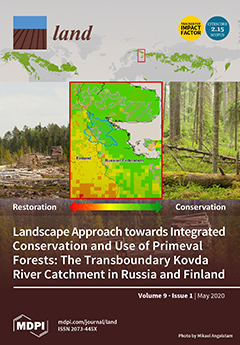The global drylands imperative: pastoralism and mobility in the drylands
This document outlines the necessity of formulating development policies specifically targeted at pastoralists and their livelihoods. The author reports that pastoralists have generally been ill-served by development policies and actions because of myths suggesting that pastoralists were 'backward'. Previous policies focused on changing pastoralists into something more ‘modern' or progressive.



